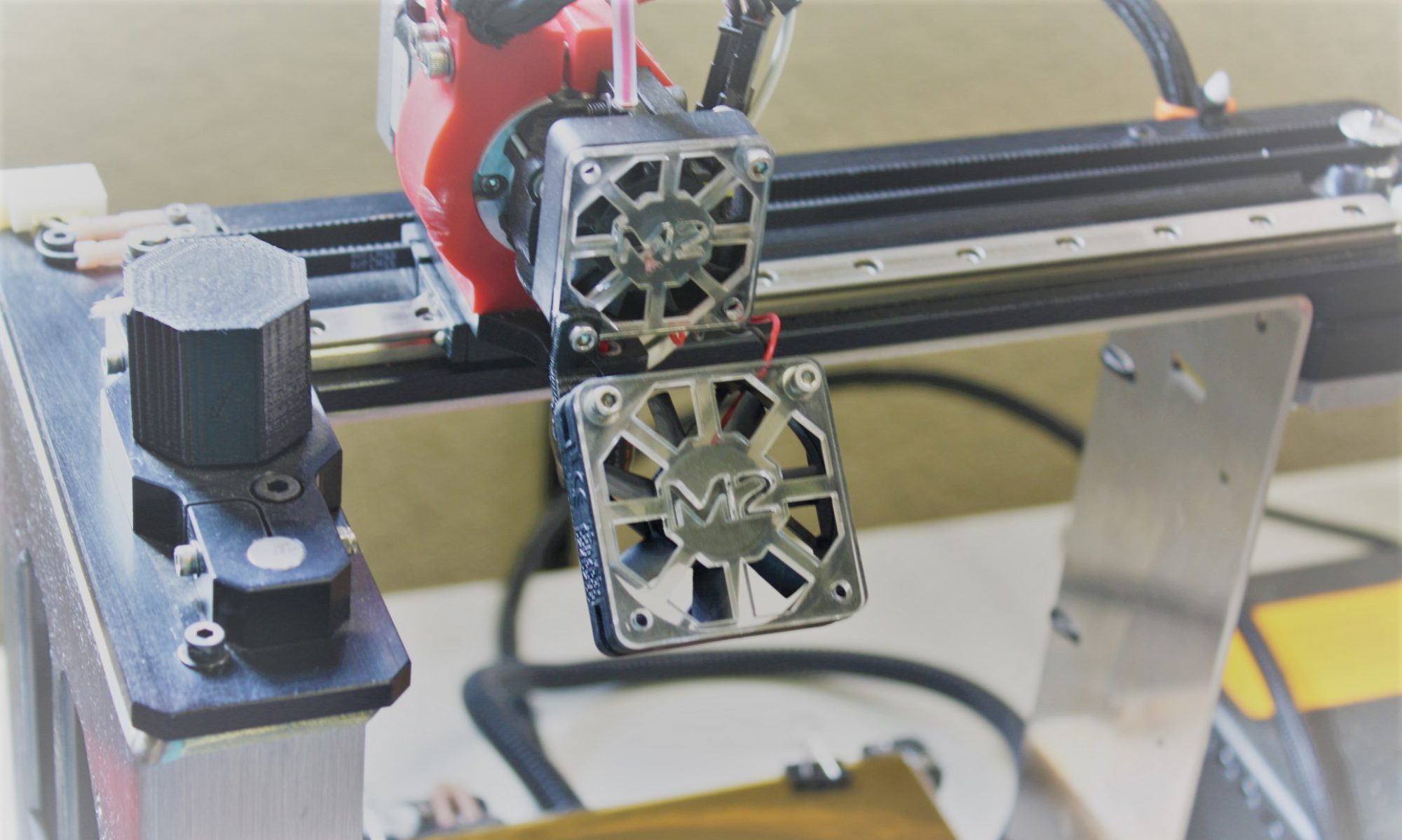When the Combiner Wars series of toys really got going, and they came out with Motormaster, we had to have it to complete the set. The toy itself is pretty good, with great detail and range of motion.
However, compared to the G1 figure there was a glaring omission. The new figure had no trailer.
The transformation of the G1 figure was surprisingly complex, with the trailer being a direct part of the robot mode. In the case of the Combiner Wars version, there was already an Ultra Magnus in production that used a similar mold to Motormaster, and it was hard to imagine a way to take this mold and integrate a trailer similar to the way the G1 toy worked.
I previously owned a G2 Optimus Prime based “Black Convoy” or “Scourge” figure, and I thought the alt mode for the trailer was interesting. I liked the idea of a tanker truck in general. So, the challenge became to come up with a trailer Motormaster could pull that transformed into an interesting missile launch base.

My printer bed has a footprint of 8″ wide by 10″ long. In order to keep the production simple, I decided the trailer could only be about 9″ long. The trailer is a bit under-scale compared to the figure, but it was at the upper limit of what I thought I reasonably had time to build.
Another requirement I placed on the design was that I wanted Motormaster or another Stunticon to be able to drive up into the base mode of the trailer.
Stepping through the transformation, the carriage for the wheels flips out from under the main tanker, which opens up along two fill length hinges.

The main missile is set into place by the robotic arm:

The smaller missile launchers on their own articulated arms fold out of the base:

The access ramps fold down, which are spaced for the figures wheels:

Motormaster pulled all the way into position:

Another Decepticon in the main bay:

Magnets hold the launch area shut in alt mode.


None of these series of figures was really designed with pulling a trailer in mind. The snap fit which holds the legs together is not strong enough to deal with any real pulling of the trailer. This figure needs a reinforcing clip that holds the legs together more tightly.

I would also like to come up with a license plate for the trailer, similar to the G1 toy.
Overall, this was a fun project. If I were to revisit it, I would probably go ahead and make the whole thing larger to improve the scale appearance. I’d also relocate the smaller fuel tanks to the underside of the trailer in the alt mode(their location on top of the tanker was a request from my son, who at the time was quite young). He has pretty well grown out of these toys now, perhaps I could steal this back from him and give it a proper paint job?



























